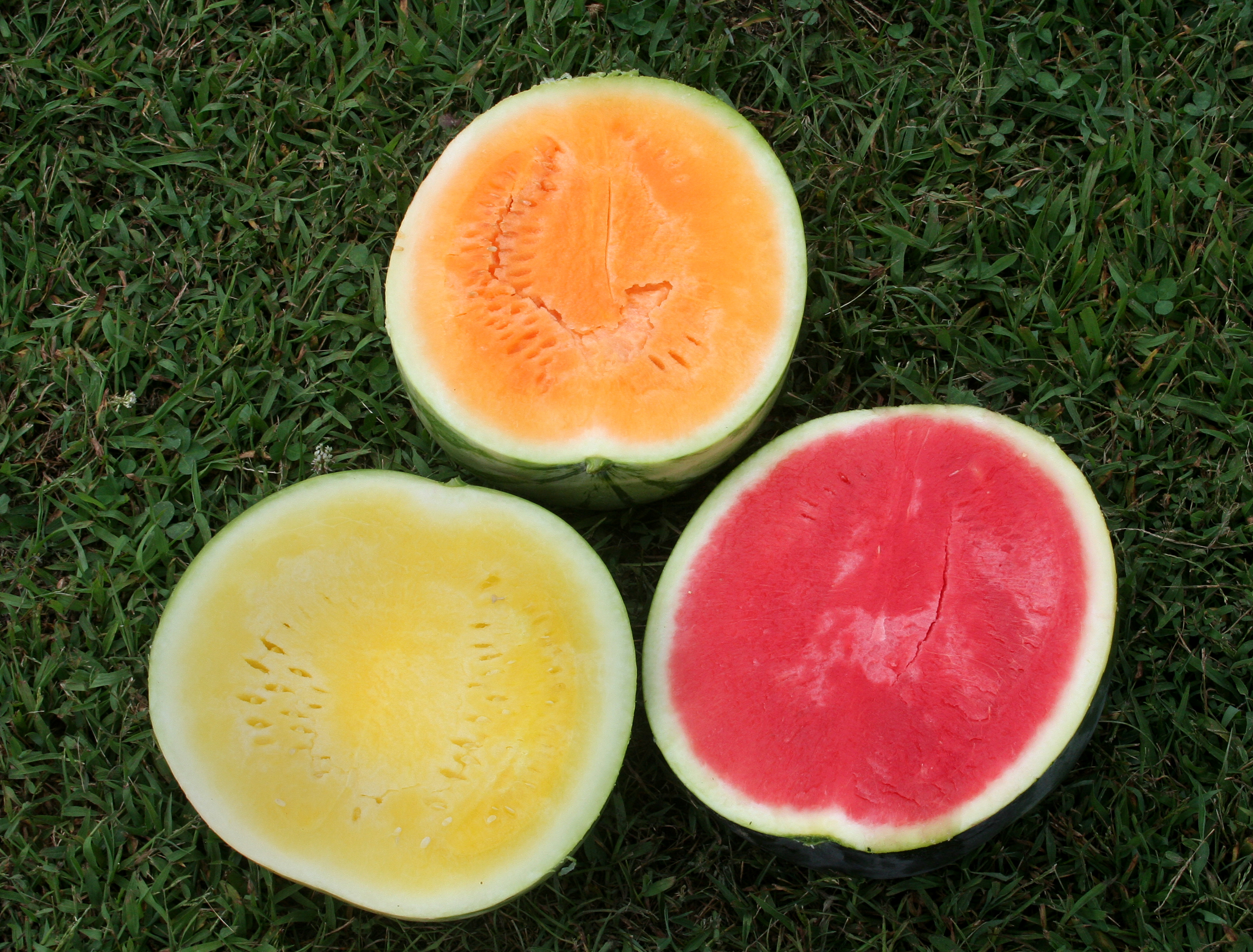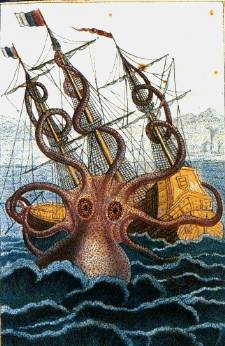It is believed that watermelon originated in Southern Africa where it can be found growing wild.
Winslow Homer "Watermelon Boys", 1876.
Evidence of its cultivation in the Nile Valley was found from 2.000 BC and seeds were found at XII Dynasty sites and in the tomb of Pharaoh Tutankhamun.
Grace Carpenter Hudson "The Watermelon", 1920
Watermelon is also mentioned in the Bible as a food eaten by the Israelites under slavery in Egypt.
By the 10th century, they were being cultivated in China.
Moorish invaders had introduced it to Europe in the XIII century and it was grown by Native Americans in the 16th century.
There are more than 1.200 varieties and some can weight 200 pounds; its flesh can be red, yellow or white.

Watermelon rinds, usually green or white, can be eaten and contain many nutrients and can be use as a vegetable: stir-fried, stewed or pickled!
Watermelon juice can be made into wine...and ART!



